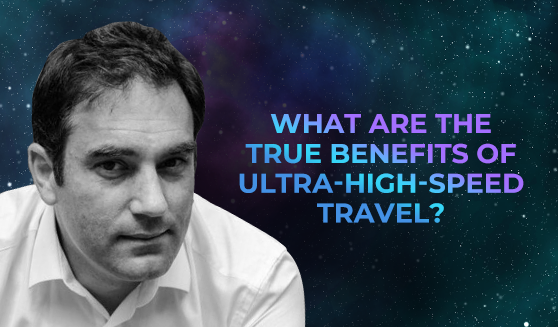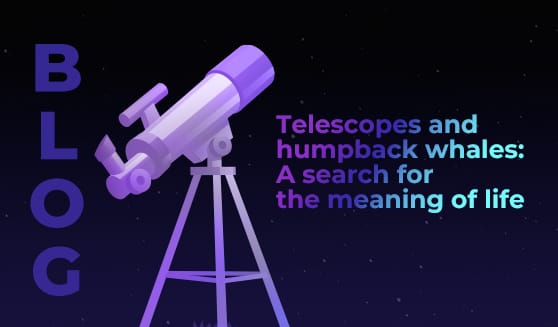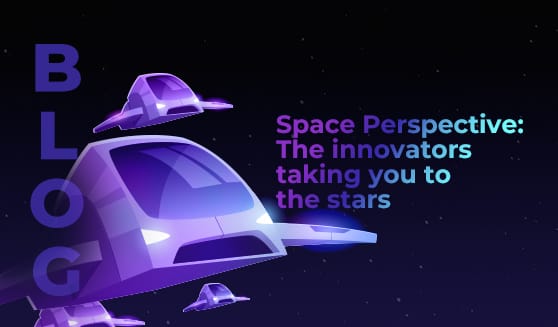
Super-speed travel has been a topic of tech conversation since August 12 2013, when Elon Musk released his Hyperloop Alpha white paper. The plans detailed an innovative approach to high-speed travel, with passengers in California to be transported in aluminium pods at speeds of up to 800 mph. But Musk isn’t the only innovator working on hyperloop travel systems – nor is the idea actually his.
The hyperloop system is rooted in a concept developed by George Medhurst (a mechanical engineer and inventor) way back in 1799. It has been known by many names – including pneumatic railway, atmospheric railway, and vactrain – but all versions of the concept share three key elements: pods, tubes, and terminals.
Now, we’re closer than ever before to actually being able to travel at great speeds along purpose-built tube systems. One of the people focused on making that happen is #LEAP23 speaker Sebastien Gendron (Co-Founder and CEO at TransPod).
What are the benefits of a completely new mode of transport?
We asked Gendron to tell us what the benefits of high-speed travel will be, and he said:
“More than the speed, a new mode of transportation such as TransPod must be better than existing modes like airplanes, trains, cars or boats. The key benefits are: easier to use, 100% electric and powered by renewable energies, cheaper for the consumer, and faster.”
Indeed, TransPod passengers will travel between cities at over 1,000 km/h on the FluxJet, a first-in-the-world vehicle announced by the company in July 2022. Powered by contactless electrical power transmission, this new mode of transport promises to reduce annual CO2 emissions by 636,000 tonnes, and cost passengers around 44% less than a plane ticket for the same journey.
All of this comes with deeper benefits too – for passenger lifestyle and emotional wellbeing.
“A TransPod system intends to remove all the stress related to travel,” Gendron said. “When we say easier to use, we mean bringing the frequency of the subway with the aircraft’s speed. In today’s world, intercity travel must be stress-free. Every traveller must not be worried about missing their pod thanks to the high-frequency solution we are developing.”
“Then, combined with a fully electric vehicle, a cheaper ticket price than airfare and at minimum, the same speed as an airplane, the TransPod system will bring to people what the internet brought to information.”
Speaking of emotions – what does the public think of ultra-high-speed travel?
“Like any new technology, the general public’s perception of hyperloop travel is mixed,” Gendron noted; “50% of the population is open to new ideas and understands the need to develop new solutions to address today’s challenges, and 50% is sceptical and won’t believe it will work until proven.”
A 2021 survey by Morning Consult found that in the US, 70% of adults said they’d heard ‘nothing at all’ about hyperloop – in spite of years of efforts to get the word out by companies including Tesla Inc. and Virgin Hyperloop.
After the tech had been explained to them, 67% of urban residents said they’d be interested in it; compared with 59% of suburban residents. The key concerns highlighted in the survey were about safety, environmental impact, cost and reliability.
To mitigate those concerns, innovators like TransPod need support from regulatory bodies and popular media. As Gendron put it, “Our biggest challenge is to find the right people at every level in governments, investors, media, etc. To succeed, we must work with the people who look at the glass half full rather than half empty and understand that failure is part of the learning process.”
Interestingly, he went on, “the most open-minded regions embracing radical innovation are the oil and gas regions – Alberta and Texas in North America, the UAE and Saudi Arabia in the Middle East and Australia.”
These are regions that are actively seeking more sustainable routes to economic stability. And low-emissions, high-speed travel could play an important role in the development of sustainable economies; providing access to opportunities without pumping out CO2.
What’s next for TransPod?
We asked Gendron about the system’s testing outcomes so far. “Overall testing results are exceeding expectations,” he said, “more specifically Quantum Power, our frictionless power transmission using plasma. The energy we could transfer and the gap between the FluxJet vehicle and the infrastructure are higher than expected.”
However, “the calibration of the levitation system took us more time than expected, and we still have to test the propulsion of ultra-high-speed, over 300 km/h.”
“When those three critical subsystems are fully operational, we will start the development phase with the aerospace sector to have a full-scale vehicle ready for certification by 2026.”
Thanks to Sebastien Gendron at TransPod. Join us at #LEAP23 to learn more.








